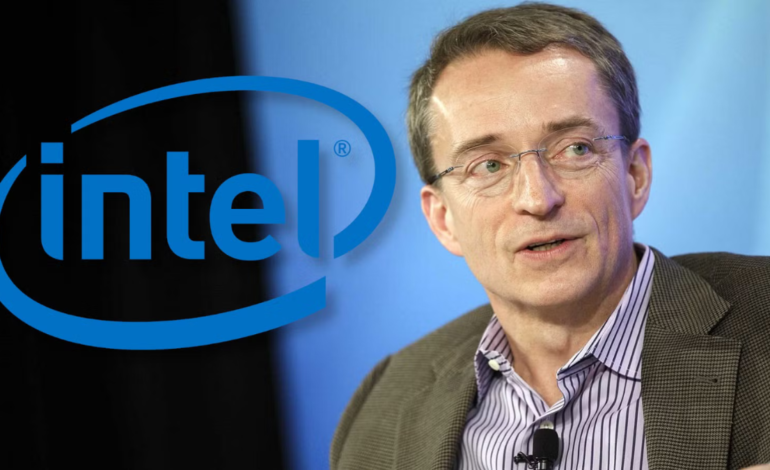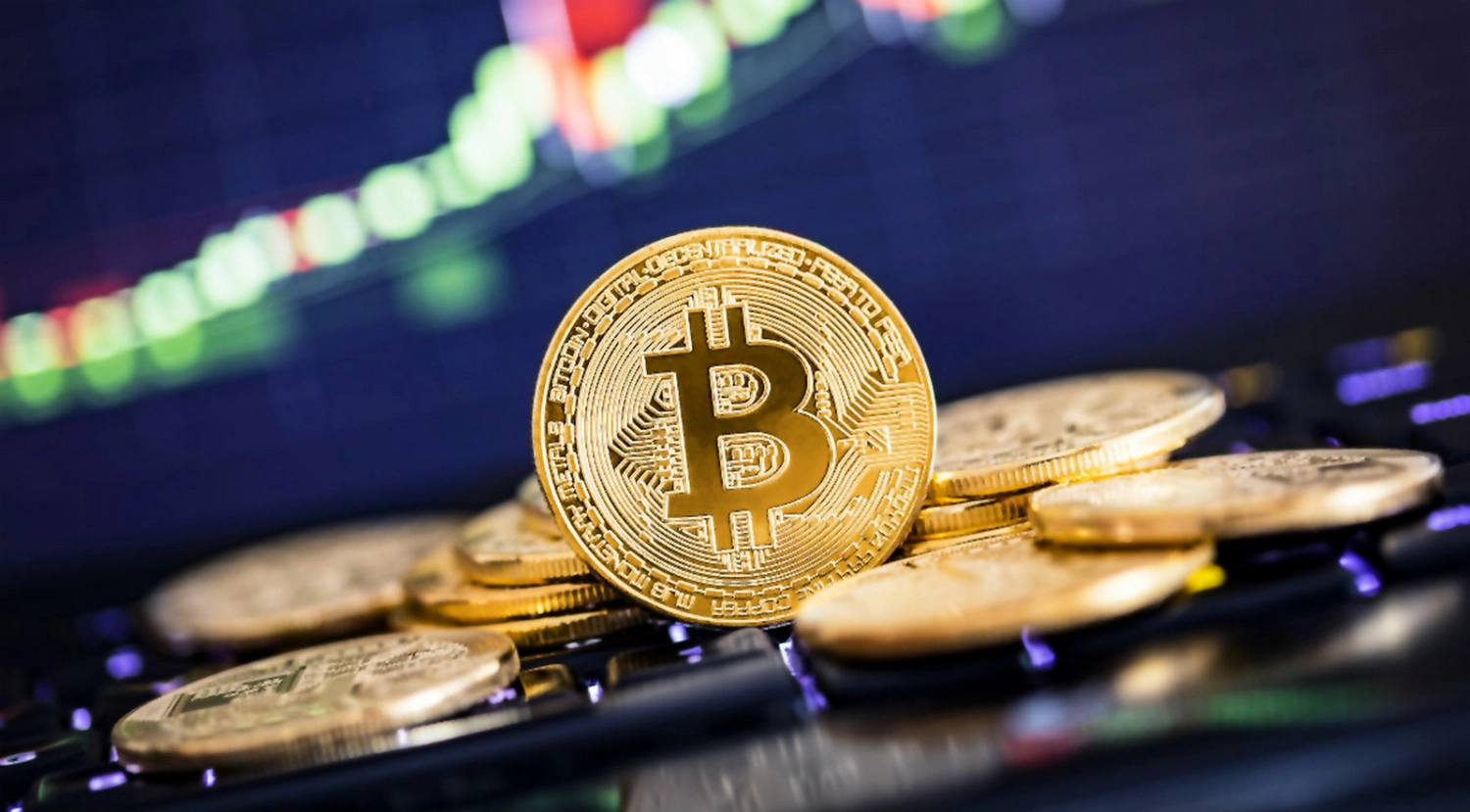Intel’s Leadership Shift Sparks Rethink of Decades-Old Chipmaking Model

A new era is dawning at Intel. Under the direction of its recently appointed CEO, the chip giant is actively reconsidering its long-standing, vertically integrated manufacturing approach. The company is reportedly exploring a plan to outsource a portion of its chip production—an unprecedented move in Intel’s modern history.
This potential restructuring comes amid mounting competitive pressure. Over the past decade, chip rivals like Taiwan’s TSMC and South Korea’s Samsung have surged ahead in advanced node production, while Intel has struggled with delays and technical hurdles. The company’s leadership appears increasingly aware that a reimagining of its production chain may be necessary to regain relevance.
If adopted, the new model would allow Intel to focus more heavily on chip design and innovation while leveraging the scale, cost-efficiency, and speed of specialized foundries for fabrication. This hybrid model could streamline operations, unlock flexibility, and enable Intel to respond faster to rapidly evolving market demands across AI, data centers, and consumer devices.
This pivot is also taking place in a complex geopolitical context. As the U.S. and allied governments aim to secure semiconductor supply chains and reduce reliance on Asia, Intel’s strategy may balance global outsourcing with selective domestic production—aligning commercial agility with policy priorities.
The proposed shift has sparked debate. Supporters argue it modernizes Intel’s operating model and could rejuvenate its innovation pipeline. Critics, however, warn of the risks: diminished control over quality, possible intellectual property vulnerabilities, and brand dilution.
Whether Intel takes the plunge or remains committed to its traditional playbook, the mere consideration of outsourcing marks a watershed moment. It underscores the urgent need for adaptation in a high-stakes, high-speed global semiconductor race.








